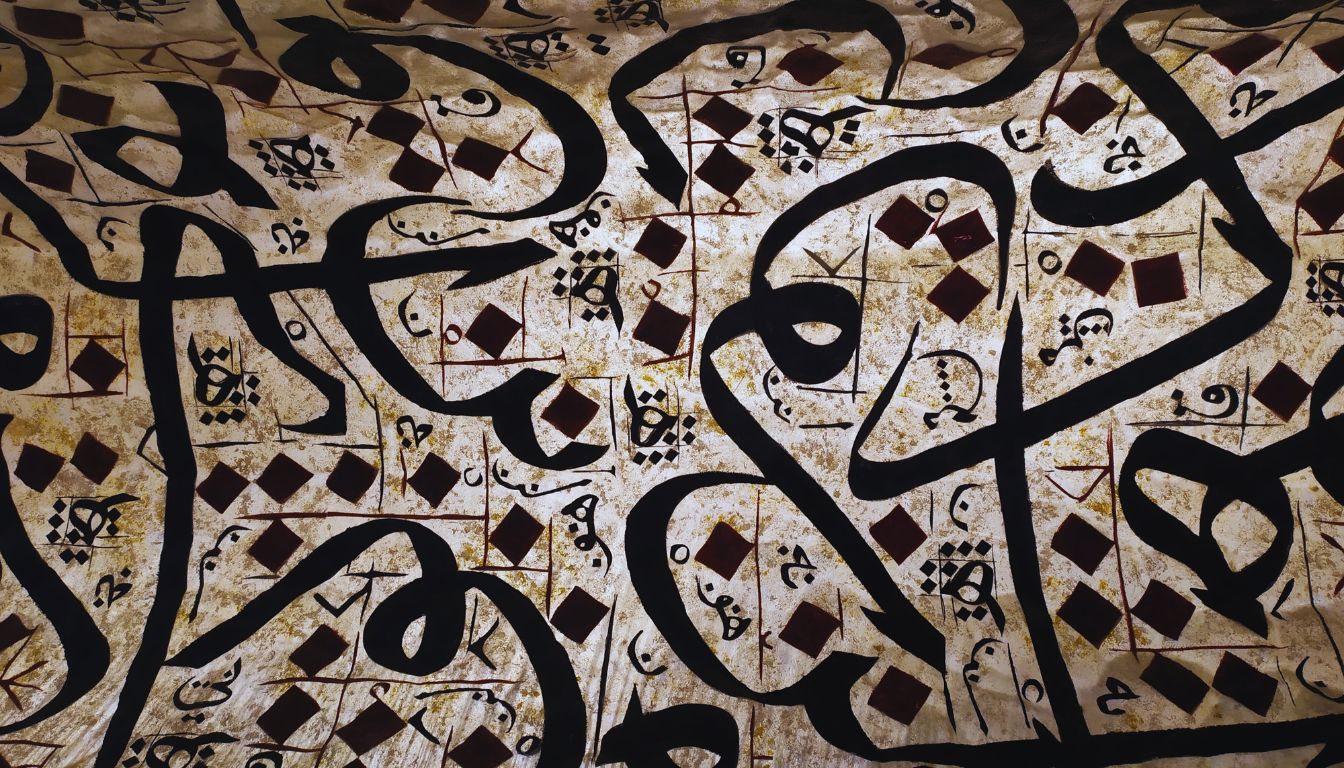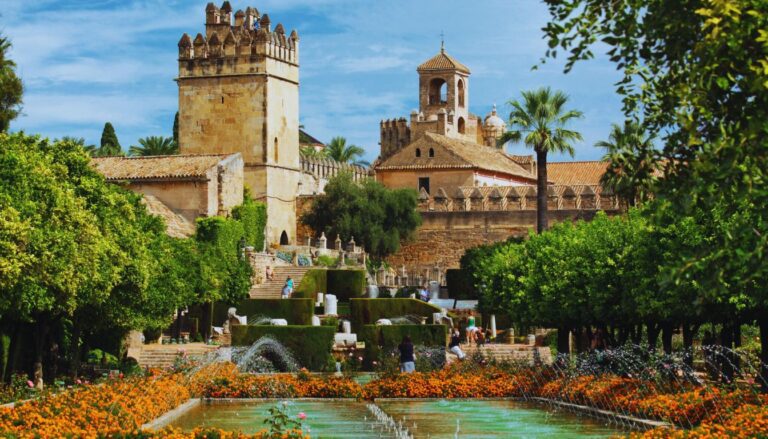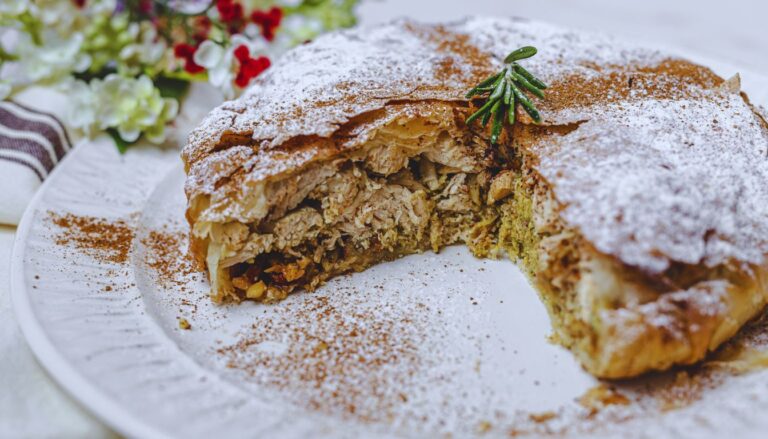Turkish calligraphy, known as “Hüsn-i Hat” in Turkish (meaning “beautiful writing”), is more than just a way of writing; it’s an art form that has been cherished for centuries. This elegant practice transforms words into visual masterpieces, blending meaning and aesthetics in a uniquely captivating way.
In Turkish culture, calligraphy holds a special place. It’s not just about creating beautiful letters, but about expressing the beauty of ideas, especially religious texts and poetry. The art of calligraphy in Turkey has been shaped by Islamic traditions, Ottoman history, and the Turkish language itself, resulting in a rich and diverse artistic heritage.
As we explore the world of Turkish calligraphy, we’ll discover its deep roots, the various styles that have developed over time, the tools and techniques used by master calligraphers, and how this ancient art form continues to inspire and evolve in the modern world.
Table of Contents
The Islamic Roots of Turkish Calligraphy
The story of Turkish calligraphy begins with the spread of Islam. When the Turks embraced Islam in the 10th century, they also adopted the Arabic alphabet, which became the basis for Ottoman Turkish writing. Arabic was the language of the Quran, and the act of writing Quranic verses beautifully was seen as a form of devotion.
In Islamic tradition, depicting human or animal forms was often discouraged, especially in religious contexts. This led to a focus on other forms of artistic expression, with calligraphy emerging as one of the most important. The written word, especially the word of God, became a primary subject for artistic expression.
The emphasis on beautiful writing in Islamic culture stems from several hadith (sayings attributed to the Prophet Muhammad), such as “God is beautiful and loves beauty” and “The first thing God created was the pen.” These teachings elevated the status of writing and calligraphy within the Islamic world.
As the Turks developed their own Islamic civilization, first under the Seljuks and then the Ottomans, they embraced calligraphy wholeheartedly. They took the Arabic styles they had learned and began to develop their own unique approaches, leading to what we now recognize as Turkish or Ottoman calligraphy.
The Evolution of Turkish Calligraphy: From Arabic to Ottoman
The development of Turkish calligraphy is closely tied to the history of the Ottoman Empire. As the Ottomans rose to power in the 14th and 15th centuries, they became patrons of the arts, including calligraphy.
Initially, Ottoman calligraphers followed the styles developed in the Arab world, particularly those from Baghdad and Iran. However, over time, they began to innovate and create their own distinct styles.
A significant development came in the 15th century with the work of Şeyh Hamdullah. He refined existing styles and developed new ones, establishing what became known as the “Ottoman school” of calligraphy. His work was so influential that it’s often said that Turkish calligraphy is divided into two eras: before and after Şeyh Hamdullah.
Another major figure in the evolution of Turkish calligraphy was Hafız Osman in the 17th century. He further refined the art, creating more balanced and harmonious compositions. His style became the standard for Ottoman calligraphy and influenced calligraphers for generations to come.
The late Ottoman period saw further innovations, with calligraphers experimenting with new forms and pushing the boundaries of the art. This period of creativity set the stage for the modern era of Turkish calligraphy.
Major Styles in Turkish Calligraphy
Turkish calligraphy encompasses several distinct styles, each with its own characteristics and uses. Some of the major styles include:
- Sülüs: This is one of the most important styles in Turkish calligraphy. It’s characterized by curved, fluid lines and is often used for religious inscriptions and book titles.
- Nesih: A smaller, more rounded script often used for copying the Quran and other religious texts due to its clarity and readability.
- Ta’lik: Developed from Persian calligraphy, this style is known for its harmonious proportions and is often used for poetry.
- Diwani: This style was developed in the Ottoman chancery and is characterized by its complexity and intertwining letters. It was often used for official documents.
- Kufi: An angular style of Arabic origin, used often in architectural inscriptions and decorative panels.
- Rik’a: A simplified, everyday handwriting style that became popular in the 19th century.
- Celî: This term refers to the large-scale versions of other styles, often used for monumental inscriptions in mosques and other buildings.
Each of these styles has its own rules of proportion, composition, and application. Master calligraphers often specialized in one or more of these styles, perfecting their technique over many years of practice.
Tools and Techniques of the Calligrapher
The art of calligraphy requires specific tools and materials, each playing a crucial role in creating beautiful writing:
- Kalem (Reed Pen): The primary writing instrument, traditionally made from reed. Different sizes and cuts are used for different styles.
- Mürekkep (Ink): Special inks are prepared, traditionally made from soot or gallnuts.
- Kâğıt (Paper): High-quality paper is essential. It’s often treated with a starch coating and polished to create a smooth writing surface.
- Makta: A small board used for cutting the nib of the reed pen.
- Mühre: A burnishing tool used to polish the paper.
- Hokka: The inkwell, often beautifully decorated.
The technique of calligraphy involves more than just writing. It’s a meditative process that requires concentration, precision, and patience. Calligraphers spend years perfecting their hand movements and developing an eye for proportion and composition.
Before writing, the calligrapher prepares mentally and spiritually, often reciting a prayer. The actual writing is done in a specific posture, with the paper held at an angle on the knee or a low table.
Each letter is formed with careful attention to its shape and its relationship to other letters. The thickness of lines, the spaces between letters, and the overall composition are all carefully considered to create a harmonious whole.
The Master Calligraphers of Turkey
Throughout history, Turkey has produced many renowned calligraphers who have shaped and advanced the art. Some of the most famous include:
- Şeyh Hamdullah (1429-1520): Considered the founder of the Ottoman school of calligraphy. He refined existing styles and developed new ones.
- Ahmed Karahisari (1468-1556): Known for his monumental works, including calligraphy in the Süleymaniye Mosque in Istanbul.
- Hafız Osman (1642-1698): His refined style became the standard for Ottoman calligraphy and influenced generations of calligraphers.
- Mustafa Râkım (1757-1826): Innovator of the celî sülüs style, his work adorns many mosques in Istanbul.
- Sami Efendi (1838-1912): A master of multiple styles, he’s considered one of the last great Ottoman calligraphers.
- Hamid Aytaç (1891-1982): Bridged the Ottoman and modern Turkish periods, teaching many of the 20th century’s leading calligraphers.
These masters not only created beautiful works but also taught and passed on their knowledge, ensuring the continuity of the art form. Many of their works can be seen in mosques, museums, and private collections around the world.
Calligraphy in Ottoman Architecture and Art
Calligraphy played a central role in Ottoman architecture and decorative arts. In mosques, palaces, and other important buildings, calligraphic inscriptions were used both as decoration and to convey religious or poetic messages.
Some notable examples include:
- The Blue Mosque in Istanbul: Features massive roundels with calligraphic inscriptions of the names of Allah, Muhammad, and the first four caliphs.
- Topkapı Palace: Contains numerous examples of calligraphy, from monumental inscriptions to delicate manuscript illuminations.
- Süleymaniye Mosque: Its calligraphic decorations, some by Ahmed Karahisari, are considered masterpieces of the art.
Calligraphy was also integrated into other art forms:
- Illuminated manuscripts: Calligraphy was often combined with intricate decorative designs in books, especially Qurans and poetry collections.
- Tughra: The elaborate calligraphic signature of Ottoman sultans, used on official documents and coins.
- Hilye: A form of religious art that describes the physical and moral characteristics of the Prophet Muhammad in a specific calligraphic arrangement.
These applications show how calligraphy was not just a standalone art form but an integral part of Ottoman visual culture.
The Symbolism and Spirituality in Turkish Calligraphy
In Turkish and Islamic culture, calligraphy is more than just beautiful writing; it’s deeply imbued with spiritual and symbolic meaning.
The act of writing, especially religious texts, is seen as a form of worship. Calligraphers often begin their work with prayer and approach their art as a way to express their devotion.
Different styles of calligraphy are associated with different meanings or uses:
- Sülüs is often used for religious texts due to its majestic appearance.
- Kufi, with its angular forms, is sometimes seen as representing the stability and unchanging nature of God’s word.
- The flowing lines of Ta’lik are considered suitable for expressing the emotions of poetry.
The content of calligraphic works is also highly symbolic. Common themes include:
- The names of Allah and Muhammad
- Quranic verses
- Hadith (sayings of the Prophet)
- Poetry, often with spiritual or philosophical themes
Even the shapes formed by calligraphic compositions can have meaning. For example, calligraphers sometimes arrange text to form images like mosques, ships, or animals, adding an extra layer of visual symbolism to the written words.
Learning the Art: Turkish Calligraphy Education
Becoming a master calligrapher is a long and demanding process that requires years of dedicated study and practice. Traditionally, the art was passed down from master to apprentice in a system known as meşk.
In this system:
- The student begins by copying the master’s work exactly, learning to replicate each curve and dot precisely.
- As they progress, students learn the rules of composition and the spiritual aspects of the art.
- Only after years of practice would a student be given an icazet (license) by their master, recognizing them as a qualified calligrapher.
Today, while the traditional master-apprentice relationship still exists, there are also more formal educational options:
- Universities: Some Turkish universities offer programs in traditional arts, including calligraphy.
- Cultural Centers: Many cities have cultural centers that offer calligraphy classes to the public.
- Private Lessons: Many practicing calligraphers offer private lessons to interested students.
The learning process involves not just mastering the technical skills, but also developing an understanding of the cultural and spiritual aspects of the art. Students learn about the history of calligraphy, the meaning behind different styles, and the proper etiquette and mindset for practicing this revered art form.
Modern Applications of Turkish Calligraphy
While rooted in tradition, Turkish calligraphy continues to evolve and find new applications in the modern world:
- Contemporary Art: Many modern artists incorporate calligraphy into their work, often in innovative ways that blend traditional forms with contemporary aesthetics.
- Graphic Design: Calligraphic elements are often used in logos, posters, and other graphic design applications, bringing a touch of tradition to modern visual communication.
- Digital Calligraphy: Some calligraphers are exploring digital tools, creating works that blend traditional styles with new technology.
- Fashion and Accessories: Calligraphic designs appear on clothing, jewelry, and accessories, making this ancient art form a part of modern style.
- Architecture: Modern buildings in Turkey often incorporate calligraphic elements, continuing the tradition of integrating writing and architecture.
- Branding: Some Turkish brands use calligraphy in their logos or packaging to evoke a sense of heritage and craftsmanship.
These modern applications show how Turkish calligraphy remains a living, evolving art form, capable of adapting to new contexts while maintaining its connection to tradition.
Preserving the Tradition: Challenges and Initiatives
Despite its rich history and continued relevance, Turkish calligraphy faces challenges in the modern world:
- Changing Education: With less emphasis on traditional arts in general education, fewer people are exposed to calligraphy at a young age.
- Technology: The prevalence of digital communication means fewer people write by hand regularly.
- Time and Patience: The fast pace of modern life can make it challenging for people to dedicate the time needed to master calligraphy.
However, there are also many initiatives aimed at preserving and promoting this art form:
- UNESCO Recognition: In 2021, the “Art of Traditional Turkish Calligraphy” was added to UNESCO’s List of Intangible Cultural Heritage, raising its international profile.
- Exhibitions and Competitions: Regular exhibitions and competitions help keep public interest alive and provide platforms for calligraphers to showcase their work.
- Government Support: The Turkish government supports calligraphy through cultural programs and the inclusion of traditional arts in some school curricula.
- Digital Archives: Efforts are being made to digitize historical calligraphic works, making them accessible to a wider audience and preserving them for future generations.
- International Exchange: Turkish calligraphers participate in international events, helping to spread awareness and appreciation of this art form globally.
These efforts help ensure that Turkish calligraphy remains a living tradition, continuing to evolve while maintaining its connection to its rich historical and cultural roots.
Conclusion: The Enduring Legacy of Turkish Calligraphy
Turkish calligraphy, with its deep roots in Islamic tradition and its unique development through Ottoman history, stands as a testament to the power of the written word as an art form. From the grand inscriptions adorning mosques to the delicate illuminated manuscripts in museums, calligraphy has played a central role in Turkish visual culture for centuries.
Throughout this journey, we’ve explored the historical development of Turkish calligraphy, its various styles, and the meticulous techniques employed by master calligraphers. We’ve seen how this art form is not just about creating beautiful letters, but about expressing deep spiritual and cultural meanings.
The legacy of great Ottoman calligraphers continues to inspire contemporary artists, who find new ways to apply these ancient techniques in modern contexts. Whether in traditional religious settings, contemporary art galleries, or even in digital media, Turkish calligraphy continues to captivate viewers with its elegant forms and profound symbolism.
As Turkey navigates the challenges of the modern world, calligraphy serves as a link to its rich cultural heritage. It reminds us of the value of patience, precision, and the pursuit of beauty in an often fast-paced, digital world. The ongoing efforts to preserve and promote this art form ensure that future generations will continue to appreciate and practice this unique cultural treasure.
Turkish calligraphy is more than just an art form; it’s a window into the soul of Turkish culture, a blend of spirituality, aesthetics, and history. As long as there are those who appreciate the beauty of the written word, the graceful lines of Turkish calligraphy will continue to speak across centuries, cultures, and languages, telling stories of devotion, creativity, and the enduring human desire to create beauty.
Discover the must-visit cultural destinations of Turkish culture













